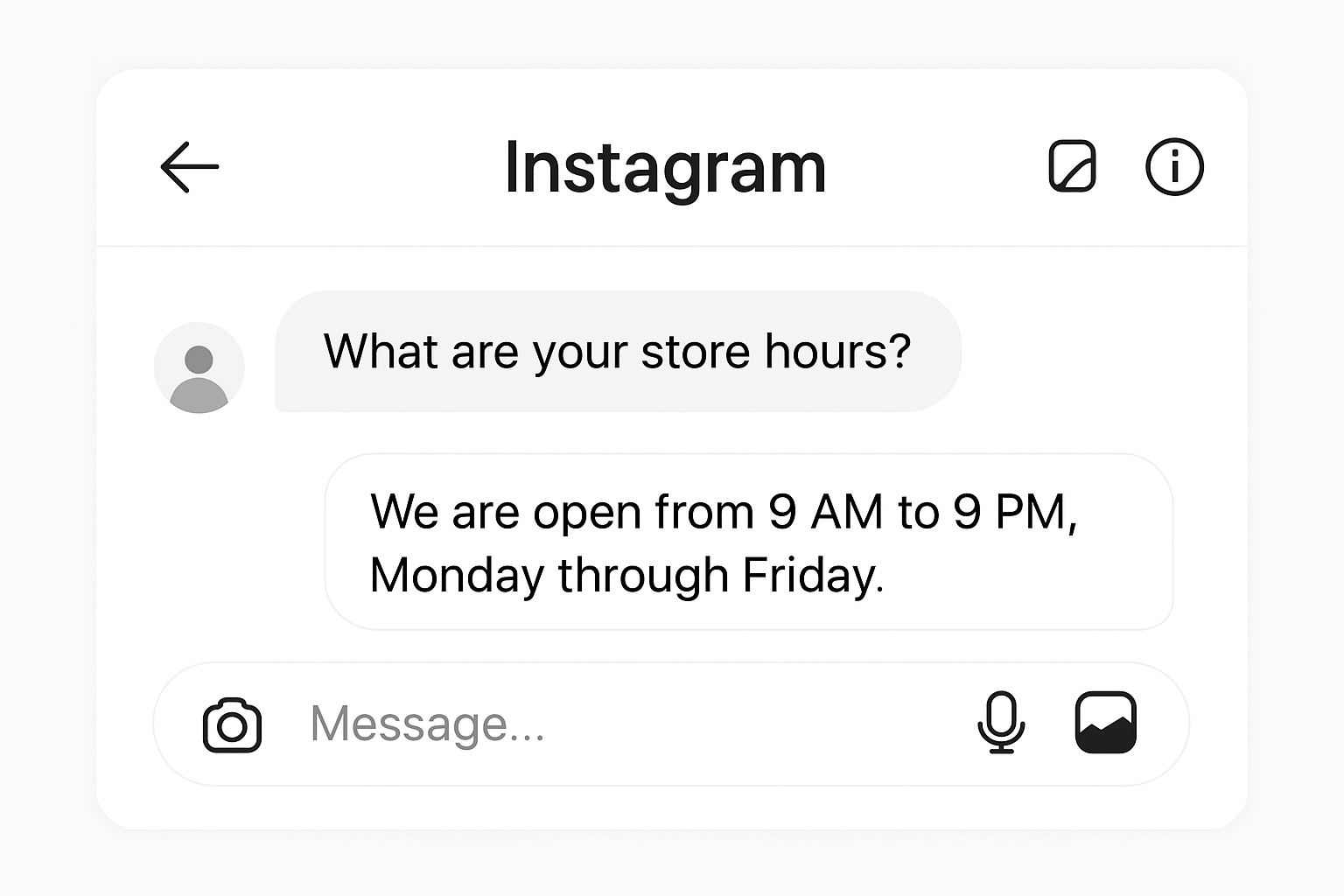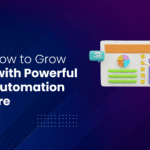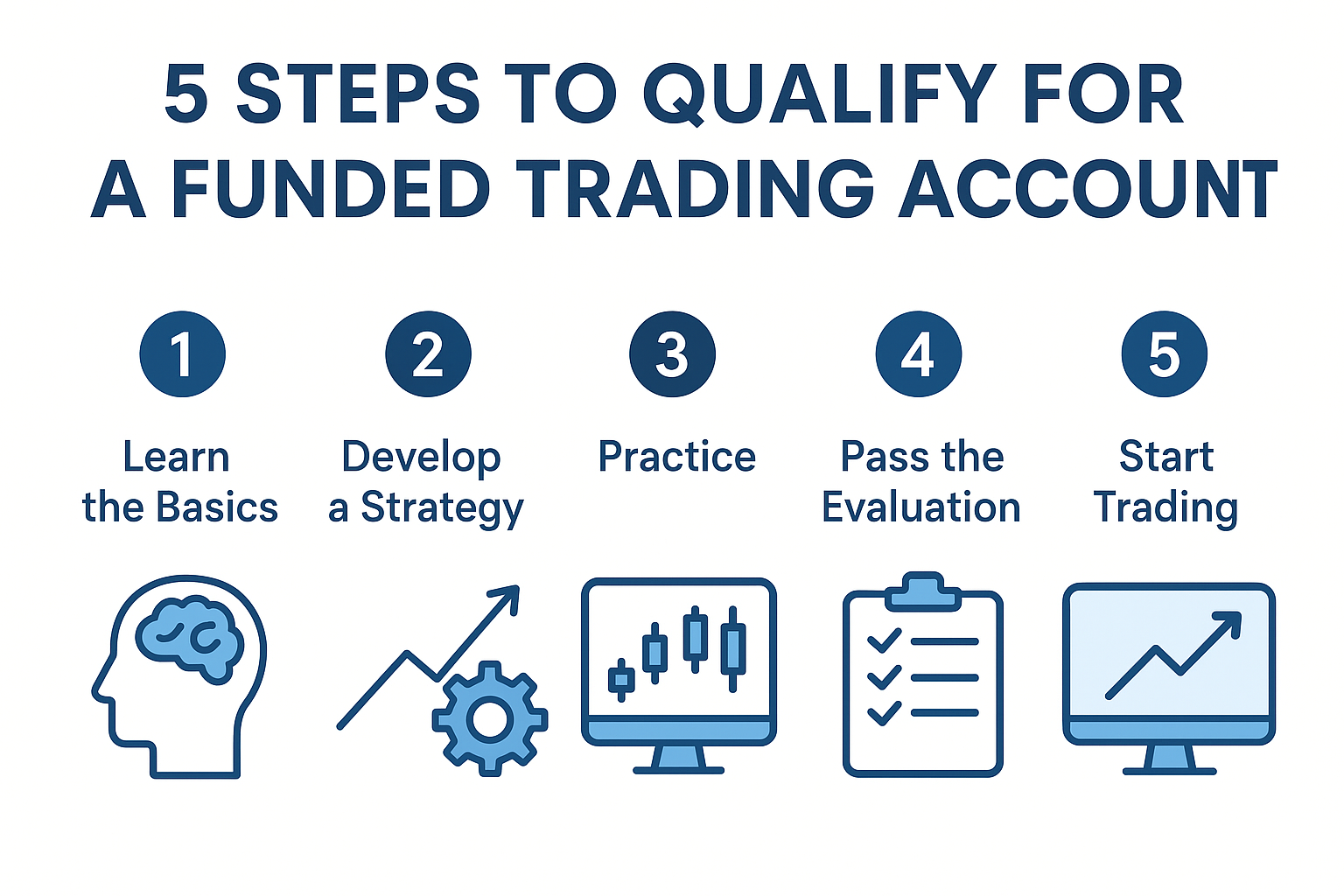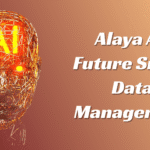Mastering MidJourney: A Comprehensive Guide to Effective Learning
- 1 Getting Started with MidJourney:
- 1.1 1. Understanding the Platform
- 1.2 2. Assessments and Self-Reflection
- 1.3 3. Goal Setting and Planning
- 1.4 4. Skill Development Modules
- 1.5 5. Personalized Learning Paths
- 1.6 6. Community Support and Collaboration
- 1.7 7. Progress Tracking and Accountability
- 2 Setting Clear Learning Goals:
- 2.1 1. Understanding the Importance of Clear Learning Goals
- 2.2 2. Identifying Specific Objectives
- 2.3 3. Prioritizing Goals
- 2.4 4. Making Goals SMART
- 2.5 5. Breaking Down Goals into Milestones
- 2.6 6. Aligning Goals with Resources and Strategies
- 2.7 7. Monitoring Progress and Adjusting Goals
- 3 Discovering Relevant Content:
- 3.1 1. Understanding MidJourney’s Content Ecosystem
- 3.2 2. Personalized Assessments and Recommendations
- 3.3 3. Exploring Learning Paths and Modules
- 3.4 4. Leveraging Community Engagement
- 3.5 5. Utilizing Search and Filter Features
- 3.6 6. Tracking Progress and Feedback
- 4 Engaging with Courses and Resources:
- 4.1 1. Explore the Course Catalog and Resources
- 4.2 2. Set Clear Learning Objectives
- 4.3 3. Actively Participate in Courses
- 4.4 4. Utilize Interactive Features
- 4.5 5. Seek Additional Resources
- 4.6 6. Engage with Peers and Instructors
- 4.7 7. Reflect and Apply Learning
- 5 Leveraging Community Support:
- 6 Tracking Progress and Feedback:
- 7 Embracing Continuous Learning and Adaptation:
- 8 Conclusion:
In the digital age, where advanced platforms facilitate the pursuit of knowledge, MidJourney stands out as a beacon for learners seeking personalized and compelling learning experiences, especially in AI courses. In this comprehensive guide, we will delve into the intricacies of MidJourney, offering insights from initial setup to advanced strategies explicitly tailored for optimizing your experience with AI courses and maximizing the platform’s potential.
Getting Started with MidJourney:
1. Understanding the Platform
MidJourney provides a user-friendly interface, allowing individuals to navigate various features and resources seamlessly. Upon signing up, users can access personalized assessments, goal-setting tools, learning modules, and a supportive community to enhance their journey.
2. Assessments and Self-Reflection
The platform encourages users to self-reflect through assessments that help identify strengths, weaknesses, values, and aspirations. These assessments serve as a foundation for creating personalized development plans tailored to each individual’s unique profile.
3. Goal Setting and Planning
MidJourney empowers users to set clear, achievable goals based on their assessment results and aspirations. Through guided exercises and templates, individuals can break down their long-term objectives into manageable milestones, creating a roadmap for their journey.
4. Skill Development Modules
The platform offers a diverse range of skill development modules covering areas such as leadership, communication, emotional intelligence, time management, and more. These modules consist of interactive lessons, practical exercises, and assessments to help users acquire and refine essential skills for personal and professional growth.
5. Personalized Learning Paths
MidJourney utilizes artificial intelligence algorithms to curate personalized learning paths for each user based on their assessment results, goals, and interests. This ensures individuals receive targeted recommendations and resources aligned with their specific needs and objectives.
6. Community Support and Collaboration
MidJourney fosters a supportive community where users can connect, share experiences, and collaborate on their journey toward growth and development. Through forums, group discussions, and mentorship programs, individuals can seek guidance, feedback, and encouragement from peers and experts.
7. Progress Tracking and Accountability
The platform enables users to track their progress toward their goals, providing visual representations of accomplishments and areas for improvement. Additionally, features such as reminders, checkpoints, and accountability partners help individuals stay motivated and accountable throughout their journey.
Setting Clear Learning Goals:
Setting clear learning goals is essential for effective personal and professional development. Whether aiming to acquire new skills, expand knowledge, or achieve specific outcomes, having well-defined goals provides direction, motivation, and a framework for success. This section will explore the importance of setting clear learning goals and guide how to do so effectively.
1. Understanding the Importance of Clear Learning Goals
Clear learning goals serve as a roadmap for one’s learning journey, guiding the selection of relevant resources, activities, and strategies. They clarify what needs to be achieved and why, fostering motivation and focus. Additionally, clear goals facilitate progress tracking, enabling individuals to measure their accomplishments and adjust their efforts accordingly.
2. Identifying Specific Objectives
Start by identifying specific objectives you want to achieve through your learning journey. These objectives should be concrete, measurable, and relevant to your personal or professional development aspirations. For example, if you aim to improve your communication skills, your objective could be to become proficient in delivering presentations confidently.
3. Prioritizing Goals
Prioritize your learning goals based on their importance and relevance to your overall development. Consider each goal’s impact on your personal or professional growth and prioritize accordingly. Focusing on a few key goals is helpful to avoid feeling overwhelmed and ensure dedicated attention and effort.
4. Making Goals SMART
Ensure that your learning goals are SMART: Specific, Measurable, Achievable, Relevant, and Time-bound. Specific goals clearly define what you want to accomplish, measurable goals provide a way to track progress, achievable goals are realistic given your resources and constraints, relevant goals align with your broader objectives, and time-bound goals have a clear deadline for completion.
5. Breaking Down Goals into Milestones
Break down larger learning goals into smaller, manageable milestones or sub-goals. This step-by-step approach makes the overall goal more achievable and provides a sense of progress as you work towards your ultimate objective. Each milestone should be specific and measurable and contribute to attaining the larger goal.
6. Aligning Goals with Resources and Strategies
Once you’ve established clear learning goals, identify the resources, tools, and strategies to support your efforts. This may include online courses, books, workshops, mentorship, or practical exercises. Ensure your selected resources align with your goals and preferred learning style to maximize effectiveness.
7. Monitoring Progress and Adjusting Goals
Regularly monitor your progress toward your learning goals and make adjustments as needed. Reflect on your achievements, challenges encountered, and lessons learned. If necessary, revise your goals based on changing circumstances, feedback received, or new insights gained during your learning journey.
Discovering Relevant Content:
1. Understanding MidJourney’s Content Ecosystem
Before diving into content discovery, familiarize yourself with MidJourney’s content ecosystem. This includes modules, assessments, learning paths, community forums, and other features to support users’ growth journeys. Understanding the structure and offerings of the platform will help you navigate and make the most of its resources.
2. Personalized Assessments and Recommendations
Start your journey on MidJourney by engaging with personalized assessments designed to identify your strengths, weaknesses, and areas for growth. These assessments provide valuable insights informing the platform’s relevant content recommendations. Pay attention to the recommended modules, learning paths, and resources tailored to your unique profile and goals.
3. Exploring Learning Paths and Modules
MidJourney offers structured learning paths and modules covering various topics relevant to personal and professional development. Take the time to explore these pathways and modules to discover content aligned with your learning objectives. Each module typically includes interactive lessons, exercises, and resources curated to enhance your understanding and skill acquisition.
4. Leveraging Community Engagement
Engage with the MidJourney community to discover additional content and insights. Participate in community forums, group discussions, and mentorship programs to connect with peers, share experiences, and learn from others’ journeys. The community can serve as a valuable source of recommendations, feedback, and support as you explore relevant content within the platform.
5. Utilizing Search and Filter Features
Take advantage of MidJourney’s search and filter features to discover specific content tailored to your interests and goals. Use keywords, tags, or categories to narrow down search results and find relevant modules, resources, or discussions. Filters based on skill level, topic area, or format can also help streamline your content discovery process.
6. Tracking Progress and Feedback
As you engage with content on MidJourney, track your progress and seek feedback to optimize your learning experience. Monitor your completion of modules, assessments, and learning paths to gauge your development journey’s advancement. Additionally, actively seek feedback from mentors, peers, or MidJourney facilitators to refine your content discovery strategies and ensure alignment with your goals.
Engaging with Courses and Resources:
1. Explore the Course Catalog and Resources
Begin by exploring the course catalog and available resources within MidJourney. Familiarize yourself with the variety of topics, modules, and resources offered. This initial exploration will provide an overview of the available content and help you identify courses and resources relevant to your learning goals and interests.
2. Set Clear Learning Objectives
Before diving into a course or resource, establish clear learning objectives. Define what you aim to achieve by engaging with the content. Whether acquiring new skills, gaining knowledge in a specific area, or solving a particular challenge, having clear objectives will guide your learning journey and keep you focused.
3. Actively Participate in Courses
Engage actively in courses by participating in lessons, activities, and discussions. Listening, taking notes, and asking questions is essential for deepening understanding and retaining the material. Completing quizzes, assignments, and practical exercises in the course reinforces learning and allows for the application of newly acquired knowledge and skills.
4. Utilize Interactive Features
Take advantage of interactive features within courses to enhance engagement and Learning. MidJourney may offer interactive elements such as quizzes, simulations, case studies, and multimedia content to supplement traditional learning materials. These features provide opportunities for hands-on Learning and active engagement with the course content.
5. Seek Additional Resources
In addition to course materials, explore supplementary resources provided within MidJourney or external sources recommended by instructors or peers. These resources may include articles, videos, books, podcasts, or online forums relevant to the course topic. Supplementing course content with additional resources enriches Learning and provides diverse perspectives on the subject matter.
6. Engage with Peers and Instructors
Engage with peers and instructors to enhance Learning through collaboration and discussion. Participate in group activities, discussion forums, or virtual study groups to exchange ideas, share insights, and learn from others’ experiences. Interacting with peers and instructors fosters a sense of community and provides opportunities for networking and peer-to-peer Learning.
7. Reflect and Apply Learning
Reflect on your learning progress and apply newly acquired knowledge and skills in real-life scenarios. Review course materials, reflect on key takeaways, and consider how to use what you’ve learned in your personal or professional life. Applying Learning in practical contexts reinforces understanding and solidifies newly acquired skills.
Leveraging Community Support:
Joining Communities:
Participate in community forums or groups related to your areas of interest. Interacting with peers, sharing insights, and seeking assistance fosters a collaborative learning environment.
Seeking Assistance:
Don’t hesitate to seek help from MidJourney’s support team if you encounter difficulties or have questions. Prompt assistance can resolve issues and enhance your learning experience.
Tracking Progress and Feedback:
Monitoring Progress:
Review your progress dashboard to track course completion, quiz scores, and overall performance. Reflect on your strengths and areas that require improvement.
Feedback Mechanisms:
Actively seek feedback from instructors, peers, and self-assessment tools integrated into MidJourney. Constructive feedback helps refine your learning strategies and improve outcomes.
Embracing Continuous Learning and Adaptation:
Iterating and Adapting:
Learning is dynamic, so be open to refining your goals and approaches based on feedback and evolving interests. Experiment with different learning paths and resources to optimize your learning experience.
Staying Updated:
Keep abreast of new courses, updates, and features introduced on MidJourney. Continuous Learning ensures that you remain relevant and competitive in your chosen field.
Conclusion:
Mastering MidJourney requires a strategic approach, from setting clear goals to leveraging its diverse features and resources. Following the guidelines outlined in this comprehensive guide, you can embark on a fulfilling learning journey tailored to your individual needs and aspirations. With MidJourney as your trusted companion, pursuing knowledge becomes an enriching experience.

















